Exploring the animal kingdom always leads to surprising discoveries, especially when you encounter creatures that seem too strange to be real. These rare animals challenge our understanding of nature with their bizarre appearances and behaviors. From deep-sea dwellers to peculiar land creatures, each of these species offers a glimpse into the strange and diverse world we share. Here’s a list of 14 rare animals that might leave you questioning whether Mother Nature has a quirky sense of humor.
1. The Aye-Aye
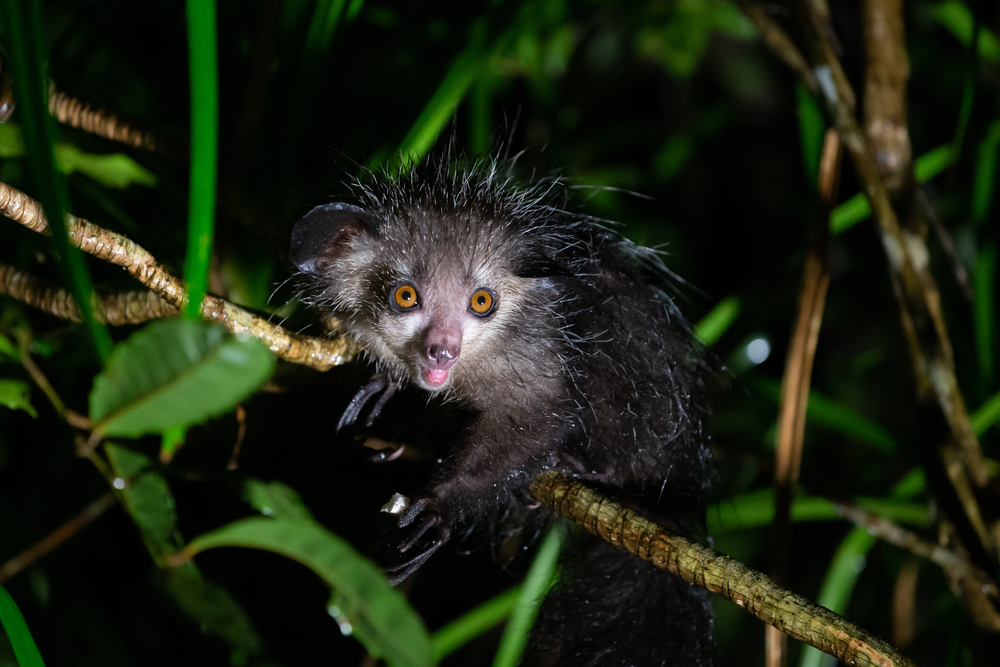
The aye-aye is a lemur native to Madagascar that could be mistaken for a creature from a fantasy novel. Its large, round eyes and elongated middle fingers set it apart from its primate relatives. Nocturnal by nature, the aye-aye uses its unique finger to tap on tree trunks, listening for hollow sounds that indicate the presence of insect larvae. Once located, it gnaws a hole in the wood with its rodent-like teeth to extract its meal. Despite its eerie appearance, the aye-aye plays a crucial role in its ecosystem, showcasing nature’s ingenuity.
2. The Axolotl
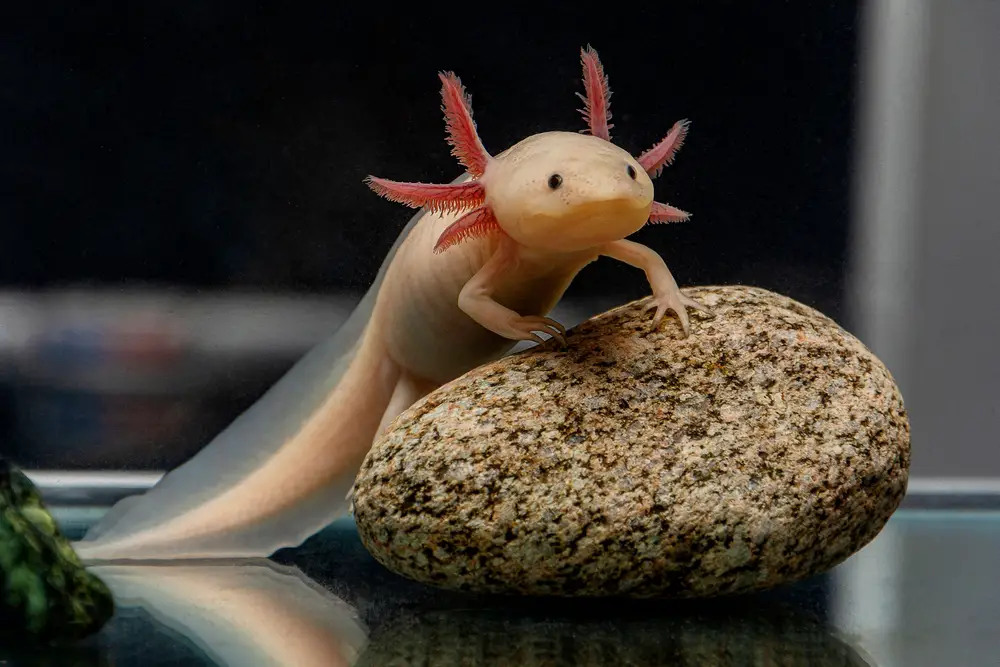
Native to Mexico, the axolotl is a type of salamander that refuses to grow up. Unlike other amphibians, it doesn’t undergo metamorphosis and remains in its larval form throughout its life. With its feathery external gills and a perpetual smile, the axolotl is both adorable and bizarre. What makes it truly fascinating is its ability to regenerate entire limbs, making it a subject of scientific research. Its name may sound like something out of a tongue twister, but this creature is a real-life example of nature’s regenerative prowess in action.
3. The Saiga Antelope
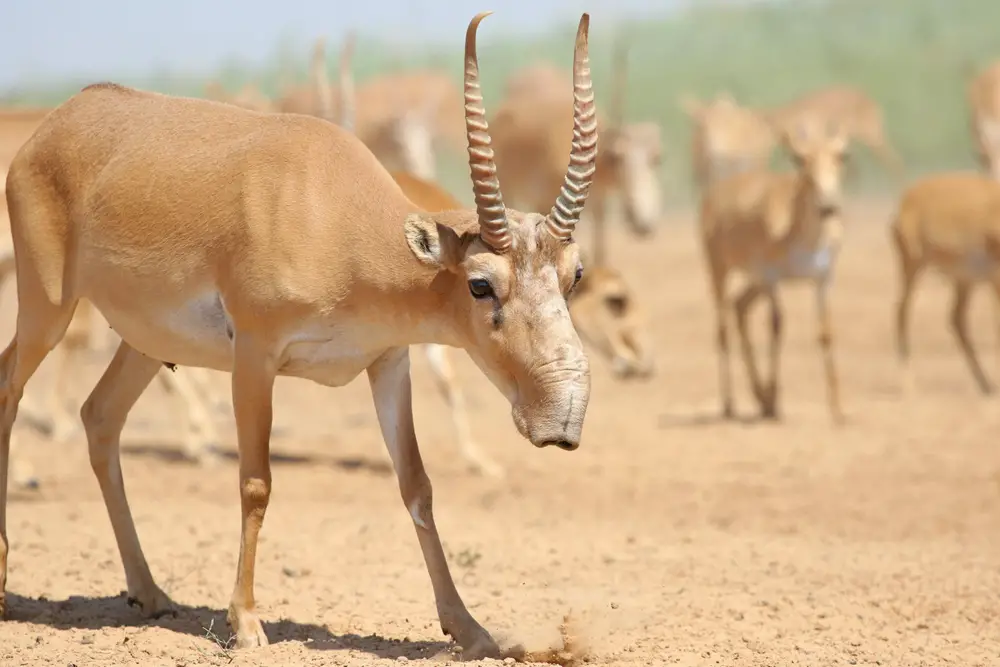
At first glance, the saiga antelope looks like a creature straight out of a sci-fi movie. Its most striking feature is its bulbous, downward-facing nose, which helps filter out dust and regulate body temperature during the extreme seasons of Central Asia’s steppes. Unfortunately, the saiga’s unique appearance doesn’t protect it from threats like habitat loss and poaching, making it critically endangered. Despite its odd looks, the saiga plays a vital role in its grassland ecosystem, and conservation efforts are essential to prevent this extraordinary species from vanishing.
4. The Star-nosed Mole
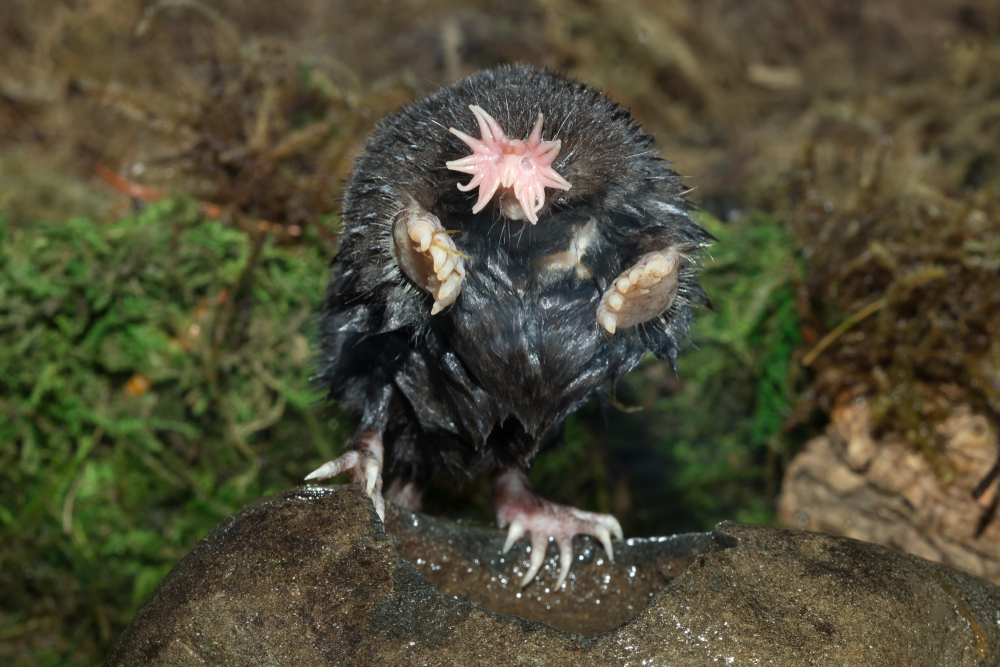
With a face that seems more alien than animal, the star-nosed mole is a master of tactile sensation. Found in the wetlands of North America, its most distinguishing feature is the 22 pink, fleshy appendages radiating from its snout. These appendages are covered in sensory receptors, allowing the mole to detect prey with incredible speed and accuracy. While its appearance might unsettle some, the star-nosed mole is one of nature’s most efficient foragers, demonstrating how evolution can craft creatures that are as functional as they are peculiar.
5. The Gerenuk
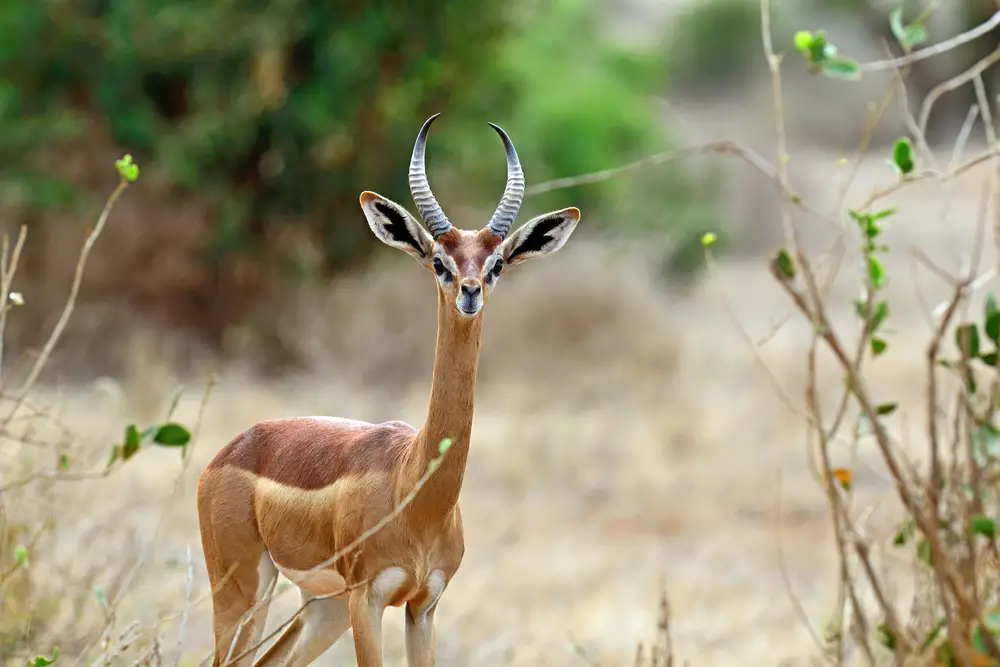
The gerenuk, or “giraffe gazelle,” inhabits the dry landscapes of East Africa and can stretch vertically like no other. Its elongated neck and legs allow it to reach leaves normally out of reach for antelopes its size. This adaptation is crucial for survival in its arid habitat, where food can be scarce. With its slender build and graceful posture, the gerenuk resembles a creature from an artist’s imagination. Watching a gerenuk stand on its hind legs is like witnessing a dance choreographed by nature itself.
6. The Narwhal
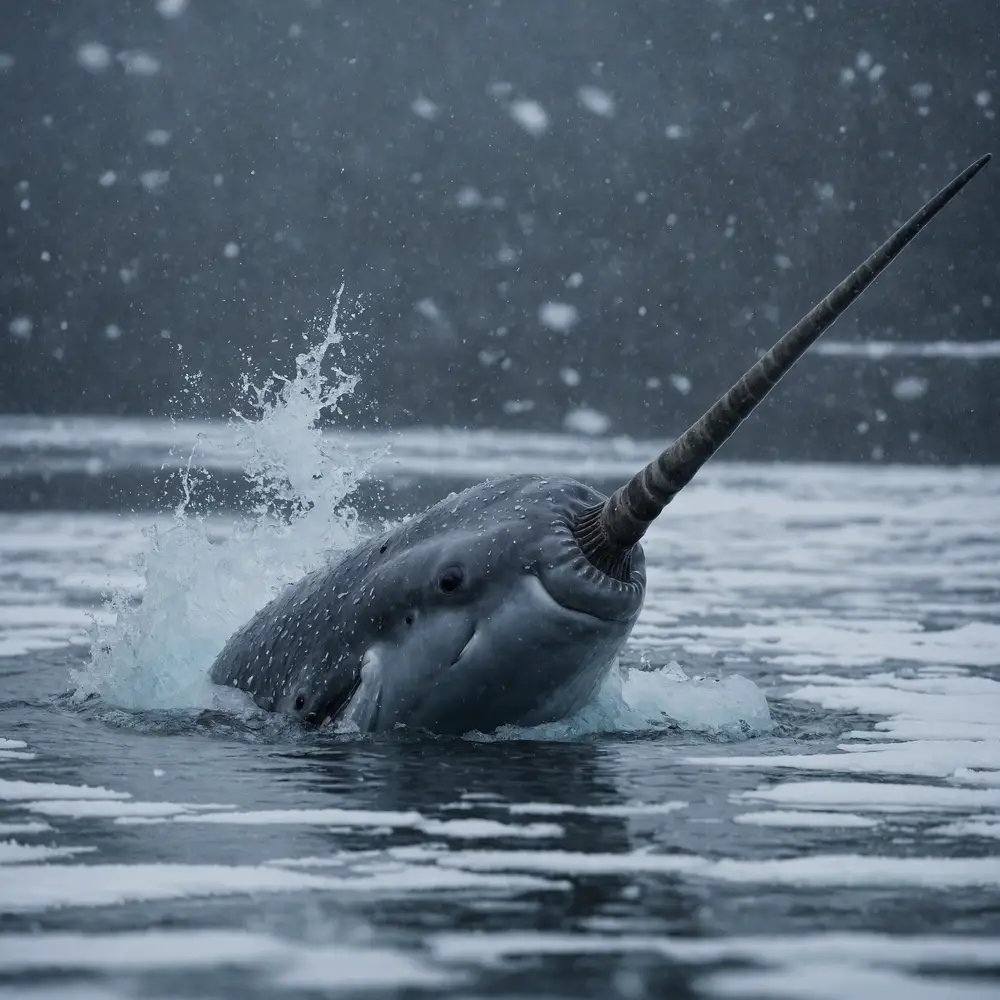
Often referred to as the “unicorn of the sea,” the narwhal is a medium-sized whale found in Arctic waters. Its defining feature is the long, spiraled tusk protruding from its head, which is actually an elongated tooth. This tusk can grow up to 10 feet long and has intrigued humans for centuries. Despite its mythical appearance, the narwhal is a real creature that thrives in icy environments. Studies continue to unravel the mysteries of its tusk, revealing a complex sensory organ rather than just a tool for competitions.
7. The Leafy Seadragon
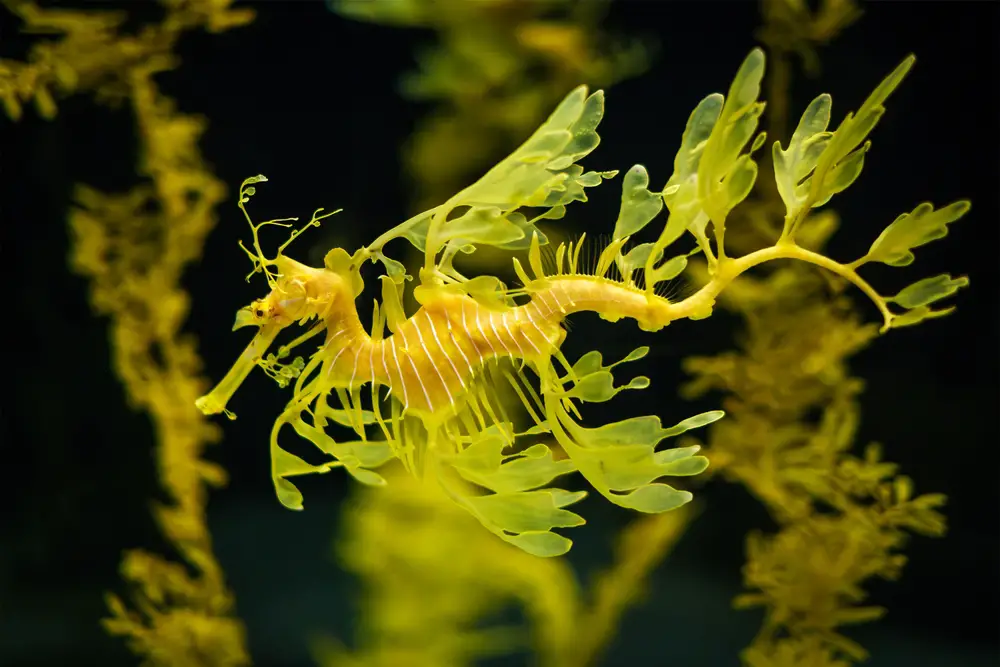
The leafy seadragon is a marvel of marine camouflage, with appendages that resemble delicate seaweed. Found along the southern and western coasts of Australia, this fish drifts through the water with an elegance that conceals its true nature. Its elaborate appearance isn’t just for show; it protects the seadragon from predators by allowing it to blend seamlessly with its surroundings. This natural disguise makes the leafy seadragon one of the ocean’s most captivating inhabitants, perfectly illustrating the beauty of adaptation in the underwater world.
8. The Glass Frog
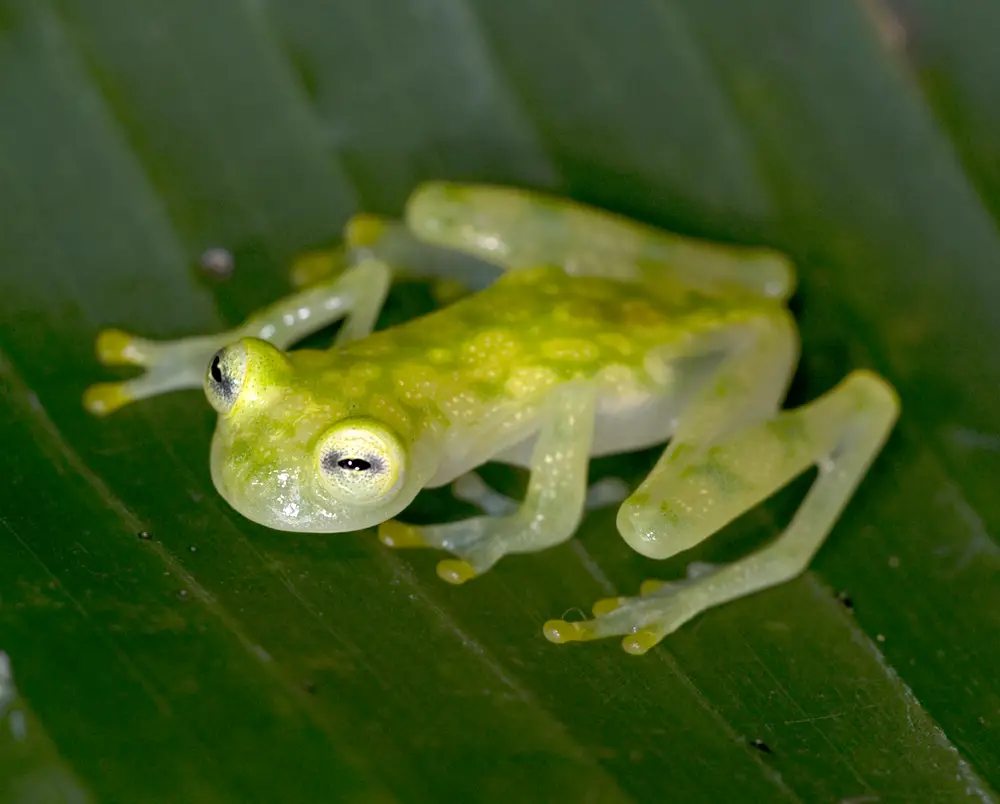
The glass frog is a tiny amphibian that reveals the intricacies of its anatomy at a glance. Native to Central and South American rainforests, its translucent skin allows you to see its internal organs, including its beating heart. This unique adaptation may aid in blending with their surroundings, offering a degree of protection in the dense foliage. The glass frog’s delicate appearance contrasts with the vibrant, lush environment it inhabits, allowing it to hide in plain sight. It’s a living testament to nature’s ability to surprise and fascinate.
9. The Dumbo Octopus
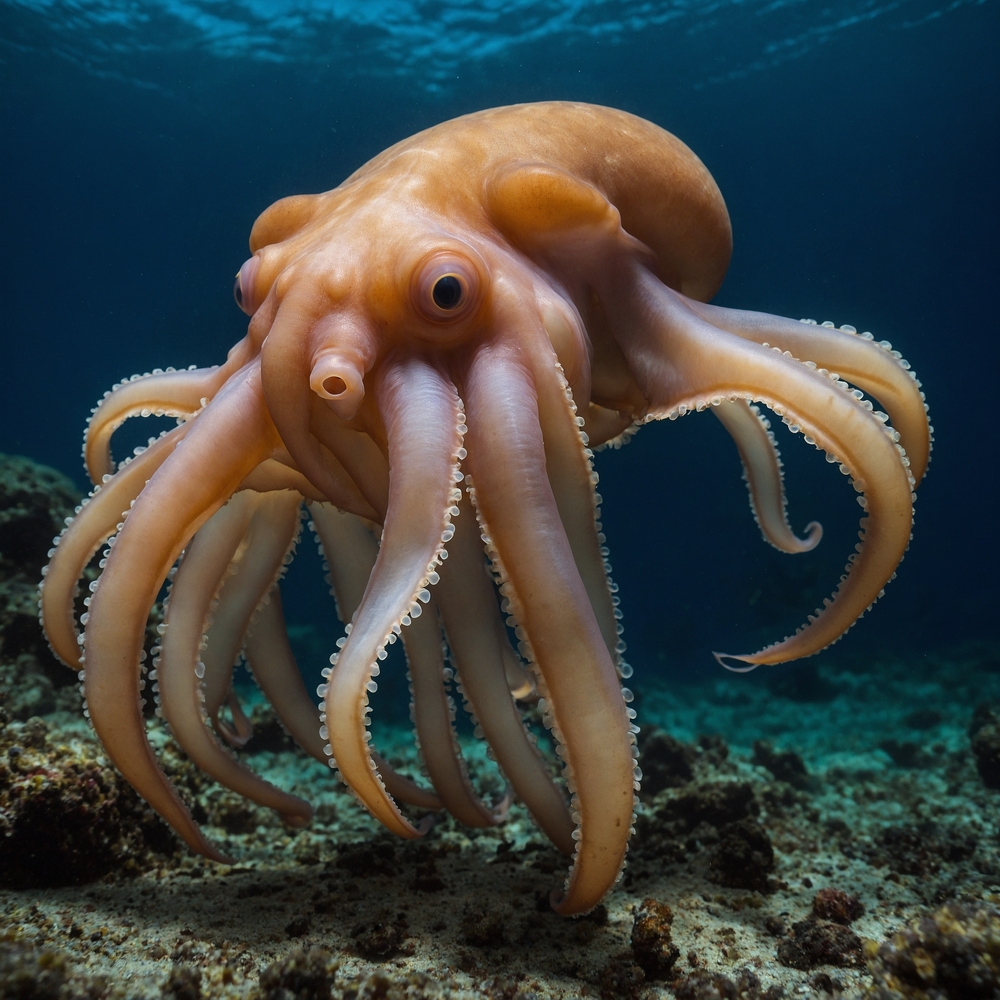
Named for its ear-like fins that resemble the famous Disney elephant, the dumbo octopus resides in the ocean’s depths. Unlike its cartoon namesake, this octopus is a deep-sea dweller, living thousands of feet below the surface. Its charming appearance and gentle flapping motion make it a delightful discovery for researchers exploring the ocean floor. Despite its delicate demeanor, the dumbo octopus is well-adapted to the high-pressure environment of the deep sea, showcasing the resilience and adaptability of life in even the most extreme conditions.
10. The Proboscis Monkey
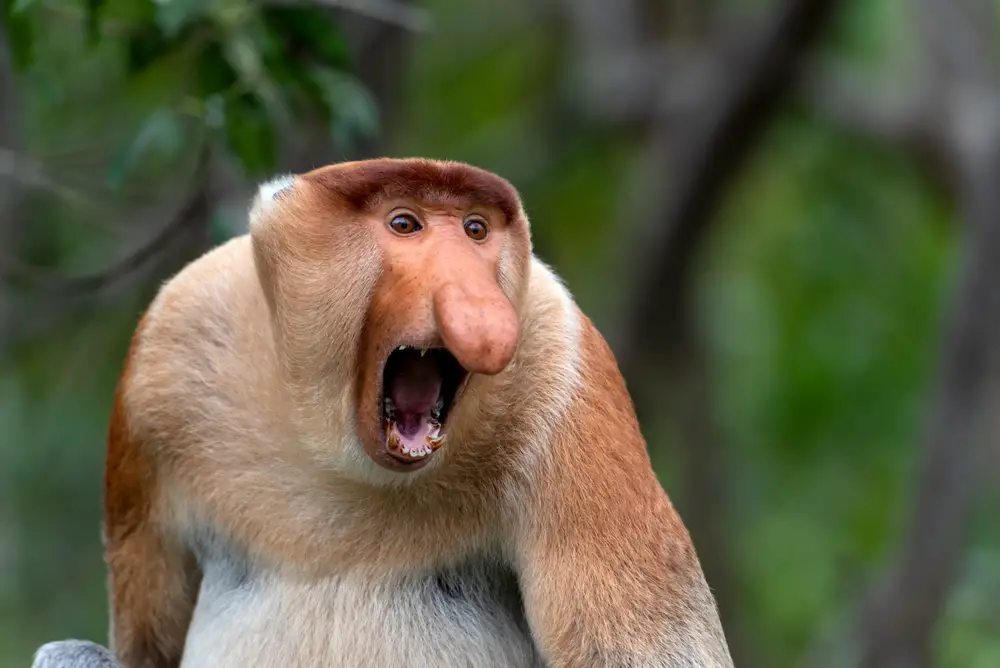
The proboscis monkey is instantly recognizable by its large, bulbous nose, which gives it an endearing, almost comical appearance. Native to the forests of Borneo, this monkey uses its unusual nose to amplify vocalizations, helping to attract mates and communicate with its troop. Its reddish-brown fur and distinctive nose make it a standout in its lush, riverine habitat. While its appearance may draw laughs, the proboscis monkey is a crucial part of its ecosystem, providing a unique example of how evolution favors even the most unexpected traits.
11. The Maned Wolf
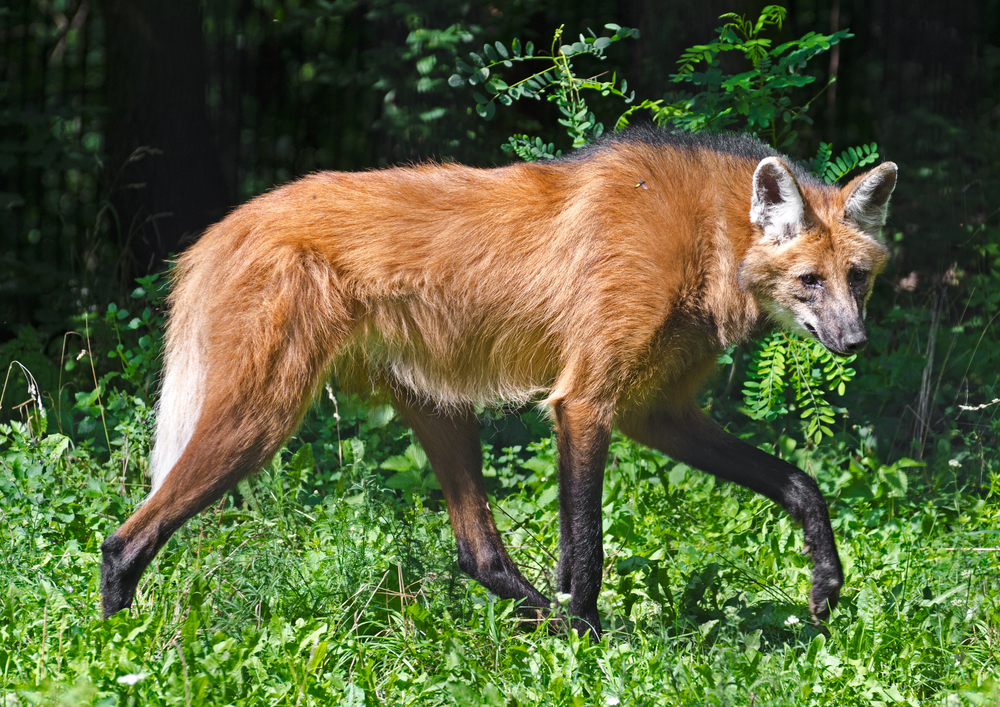
Despite its name, the maned wolf isn’t a wolf at all. With its long legs and distinctive red coat, this South American canine resembles a fox on stilts. Its unique appearance is well-suited for the grasslands it traverses, allowing it to see over tall grasses while stalking prey. The maned wolf’s solitary nature and distinctive features make it a mysterious figure in its native habitat. Standing tall and proud, it embodies the uniqueness of the animal kingdom, reminding us that appearances can be delightfully deceptive.
12. The Pangolin
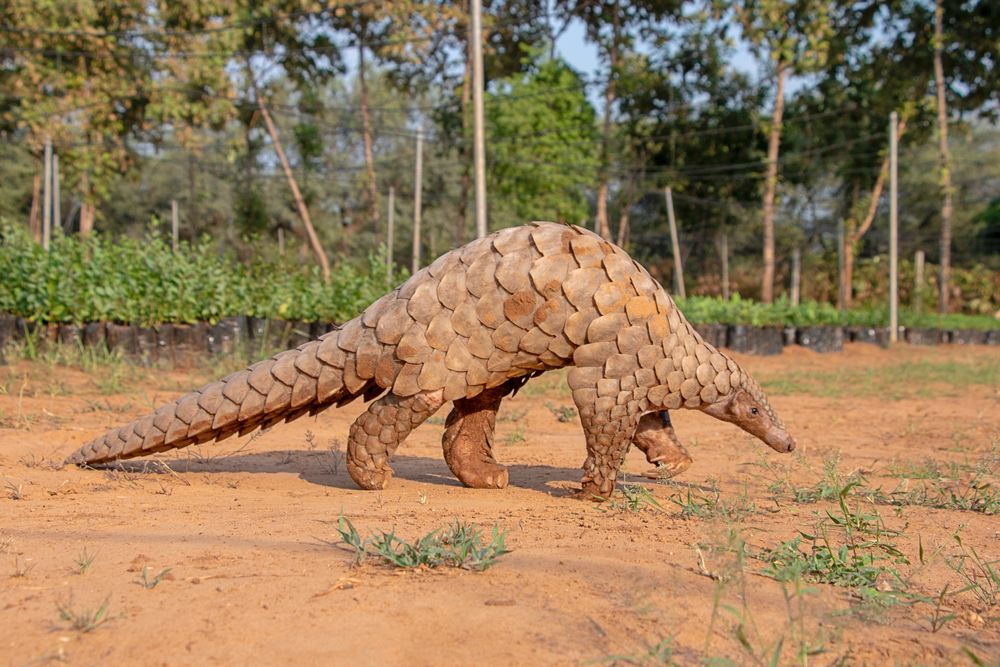
Covered in protective scales, the pangolin looks like a creature from a medieval armory. These nocturnal mammals are found in Asia and Africa, and they roll into a ball when threatened, using their scales as armor against predators. Despite their fierce defense mechanism, pangolins are gentle creatures that feed primarily on ants and termites. Sadly, they are the most trafficked mammals in the world, sought after for their scales and meat. Their plight highlights the urgent need for conservation efforts to protect these extraordinary animals.
13. The Okapi
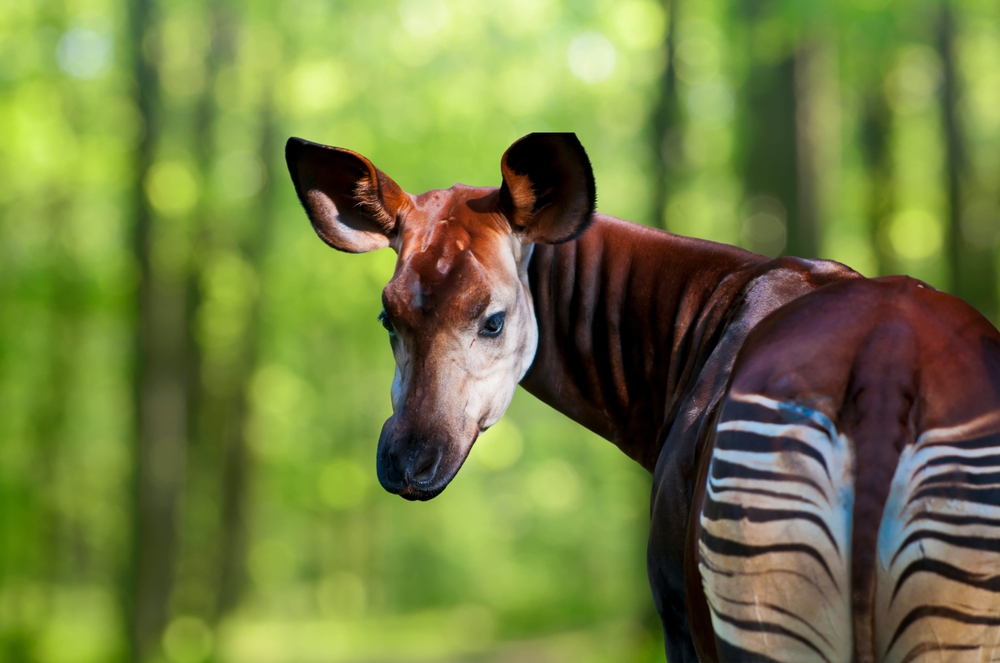
Often mistaken for a zebra due to its striped legs, the okapi is actually the closest living relative to the giraffe. Found in the dense rainforests of the Democratic Republic of the Congo, its unique blend of features makes it an evolutionary marvel. With a body like a horse and a neck reminiscent of a giraffe, the okapi navigates its leafy habitat with ease. Its striking appearance and elusive nature make it a symbol of the hidden wonders within the world’s forests, blending mystery with majesty.
14. The Blobfish
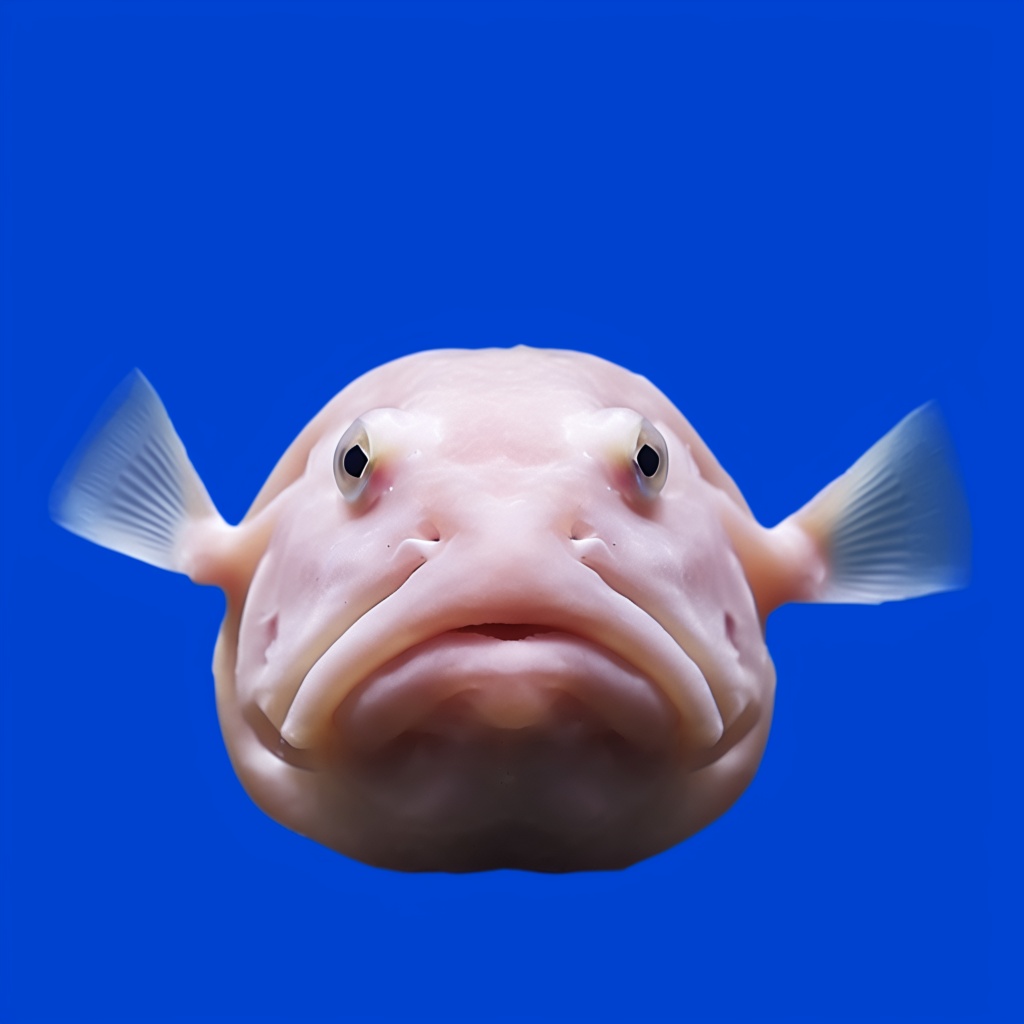
Voted the “world’s ugliest animal,” the blobfish is a deep-sea resident best known for its gelatinous appearance. Found off the coasts of Australia and New Zealand, it looks more like a melted lump out of water. This amusing appearance results from its adaptation to the high-pressure environment of the deep sea, where its body maintains buoyancy without much effort. While it might not win any beauty contests, the blobfish serves as a reminder that adaptability can lead to some truly peculiar designs in nature’s vast repertoire.
